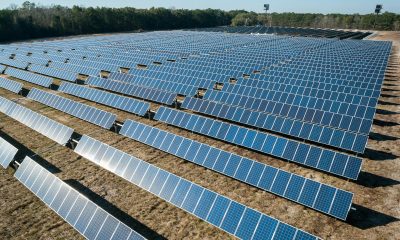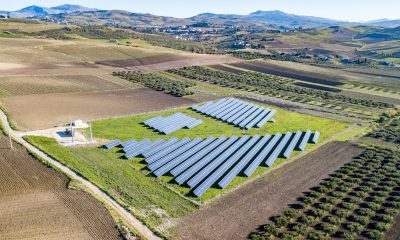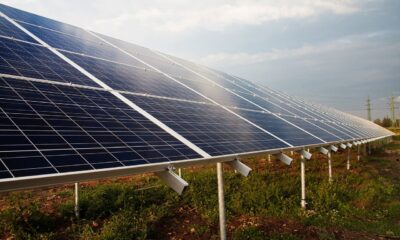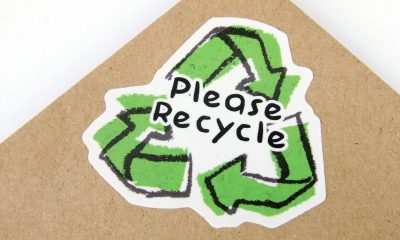Impact Investing
Clean Energy Reset: IRA Tax Credits Slashed, Developers Face New Reality
Congress’s One Big, Beautiful Bill slashes clean energy tax credits from Biden’s IRA, reshaping solar, wind, EV, and hydrogen markets. Storage, nuclear, hydro, and CCS remain supported, while EVs and green hydrogen lose ground. Developers must now rely more on efficiency, private capital, and long-term contracts as federal support diminishes, altering investment strategies.
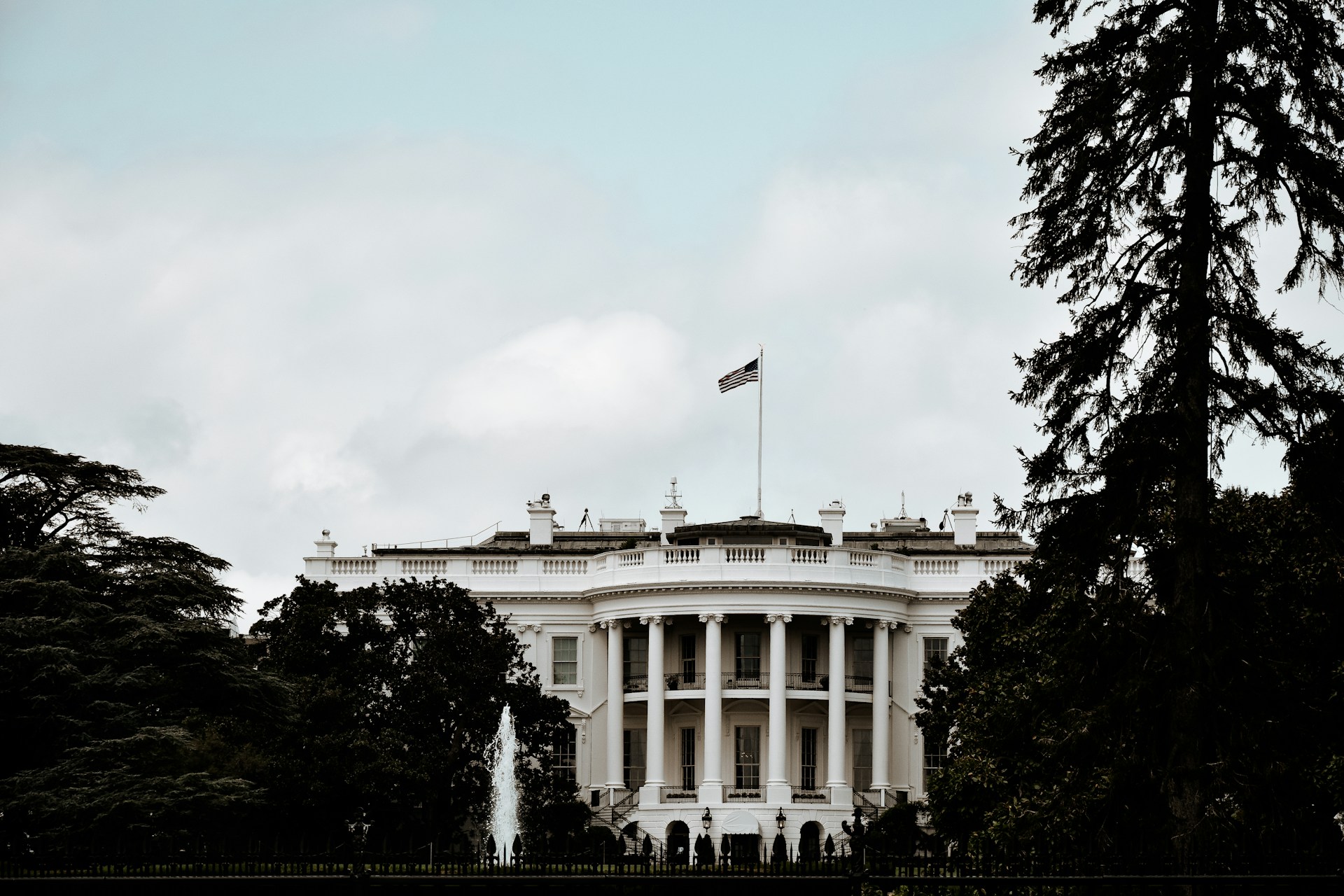
With the new bill passed by Congress, the One Big, Beautiful Bill, the United States is preparing to significantly scale back the clean energy tax credits introduced by Biden’s Inflation Reduction Act (IRA). In the potential absence of federal government incentives, increasing revenue and reducing costs is crucial for many clean technology developers who want to resist Trump’s new political environment. The administration’s goal is to reallocate resources toward policies more aligned with the fossil fuel strategy, generating significant repercussions for the entire clean tech ecosystem.
So what exactly is changing now for sectors like solar, wind, hydrogen, and CCS? What opportunities remain, and where will investments be focused? How will business models evolve in a context with less public support? Coco Zhang , ESG Research at ING, answers these questions in this contribution to ESGnews. She outlines the new balances and challenges facing the clean energy sector in the US.
Clean energy tax credits set to be reduced
Passed by Congress, the One Big, Beautiful Bill significantly reduces the duration, value, and eligibility of many clean energy tax credits under the Inflation Reduction Act (IRA), while not incorporating some of the most restrictive proposals.
This effort is part of a broader congressional initiative to reduce any possible spending to fund the Trump administration’s signature policies, such as tax cuts, and to align with the administration’s strategy of promoting America’s (largely) fossil-fuel-based energy dominance.
According to the Wharton School at the University of Pennsylvania, the IRA’s energy and climate provisions could cost approximately $1 trillion over a 10-year period.
Below are some highlights of the IRA tax credit changes passed by Congress, as well as their potential impact:
Solar and wind energy avoid critical deadlines, but risk early expiration of tax credits.
The bill calls for the phaseout of ITC (48E) and PTC (45Y) credits for inoperative projects by 2028. The House clause requiring work to begin within 60 days has been avoided. An excise tax that would have increased costs has also been removed. Projects started within 12 months will still be eligible for the credits, but pressure on timelines and planning remains.
A victory for accumulators and stable sources
The cuts apply only to solar and wind power: batteries, nuclear, geothermal, and hydroelectric power remain incentivized until 2032. US -produced batteries also benefit from 45X credits, making them more competitive than Asian imports. Storage thus becomes central to addressing intermittency.
Goodbye to credits for EVs and charging, postponement for hydrogen.
Credits for electric vehicles and infrastructure will expire by September, potentially slowing the sector. 45V credits for hydrogen will be eliminated by 2028: green will be penalized more than blue, which remains more competitive.
Save the transferability of credits.
The option to sell tax credits without tax equity agreements has been confirmed. Introduced in 2023, it already represents half the market ($45-50 billion) and is considered crucial for accessing capital.
Concern for the FEOC.
Restrictions on suppliers tied to foreign entities, especially Chinese ones. Battery projects (70% of imports from China) and solar panels from Asian countries considered under Chinese influence are particularly affected. An exemption is foreseen for contracts signed before June 16, 2025.
Rethinking the economic feasibility of clean technologies
With the progressive reduction of tax credits provided by the IRA, companies and investors are now forced to reassess the economic feasibility of clean energy projects. While public intervention has so far played a decisive role in improving the profitability of technologies, long-term sustainability must now rest on more solid and independent foundations.
Cautious optimism remains in onshore solar and wind : the most efficient large-scale projects are already close to cost parity with gas combined cycle, even without incentives. According to a Lazard survey, shared by ING, starting in 2026, the cost of solar electricity (LCOE) could fall below average Power Purchase Agreement (PPA) prices, ensuring good profitability even without IRA tax credits.
However, competitiveness will increasingly depend on the ability to sign long-term agreements with buyers willing to pay more for clean energy and to integrate the system with storage systems, which remain incentivized. Storage allows for stabilizing production and accessing new markets, partially offsetting the impact of reduced incentives.
Clean energy faces reduced incentives, pushing developers toward efficiency, private capital, and new business models
In the hydrogen sector, the situation is more unbalanced. Blue hydrogen, produced from natural gas with carbon capture and storage (CCS), enjoys lower production costs and can already compete with grey hydrogen even with moderate incentives. 45V credits, if obtained on a large scale, could even reduce the cost to zero. Furthermore, even if these were to be progressively phased out, 45Q credits for CO₂ sequestration would remain available until 2032.
Green hydrogen, on the other hand, remains more expensive, even with incentives, and is currently primarily focused on exports to Europe, where more stringent environmental standards and the preference for low-emission solutions are driving demand. In both cases, the ability to enter into long-term agreements with reliable buyers will be crucial to attracting investment.
Finally, CCS (Carbon Capture and Storage) is the segment least affected by the legislative changes: 45Q credits remain active and are even increased for the reuse of CO₂. Valued at $85 per ton of CO₂, credits can cover capture costs in sectors such as coal, refining, cement, and steel. In other areas, such as direct air capture or aluminum smelters, costs remain high. The Department of Energy recently revoked $3.7 billion in funding for CCS demonstration projects, highlighting that less mature applications are struggling to find economic equilibrium.
An intermediate opportunity is the resale of captured CO₂, for example, for the production of synthetic fuels or for advanced oil recovery. While this does not guarantee permanent emission removal, it can contribute to market expansion and the construction of new industrial supply chains.
Overall, regulatory uncertainty is pushing developers to increasingly focus on the real economics of projects, access to private capital, and the ability to adapt to a context with less public support. The energy transition continues, but it will require new business models, greater efficiency, and more robust industrial strategies.
__
(Featured image by Edoardo Cuoghi via Unsplash)
DISCLAIMER: This article was written by a third party contributor and does not reflect the opinion of Born2Invest, its management, staff or its associates. Please review our disclaimer for more information.
This article may include forward-looking statements. These forward-looking statements generally are identified by the words “believe,” “project,” “estimate,” “become,” “plan,” “will,” and similar expressions. These forward-looking statements involve known and unknown risks as well as uncertainties, including those discussed in the following cautionary statements and elsewhere in this article and on this site. Although the Company may believe that its expectations are based on reasonable assumptions, the actual results that the Company may achieve may differ materially from any forward-looking statements, which reflect the opinions of the management of the Company only as of the date hereof. Additionally, please make sure to read these important disclosures.
First published in ESG NEWS. A third-party contributor translated and adapted the article from the original. In case of discrepancy, the original will prevail.
Although we made reasonable efforts to provide accurate translations, some parts may be incorrect. Born2Invest assumes no responsibility for errors, omissions or ambiguities in the translations provided on this website. Any person or entity relying on translated content does so at their own risk. Born2Invest is not responsible for losses caused by such reliance on the accuracy or reliability of translated information. If you wish to report an error or inaccuracy in the translation, we encourage you to contact us.

-

 Crypto7 days ago
Crypto7 days agoRipple in 2025: Legal Victory, RLUSD Growth, and XRP’s Uncertain Future
-

 Crypto2 weeks ago
Crypto2 weeks agoCrypto Markets Slide as Bitcoin Breaks $90K, Year-End Pessimism Grows
-

 Impact Investing2 weeks ago
Impact Investing2 weeks agoTreeblock Showcases Sustainability Solutions at ADIPEC Abu Dhabi
-

 Impact Investing7 days ago
Impact Investing7 days agoHigh Awareness, Low Adoption: The VSME Challenge for European SMEs
